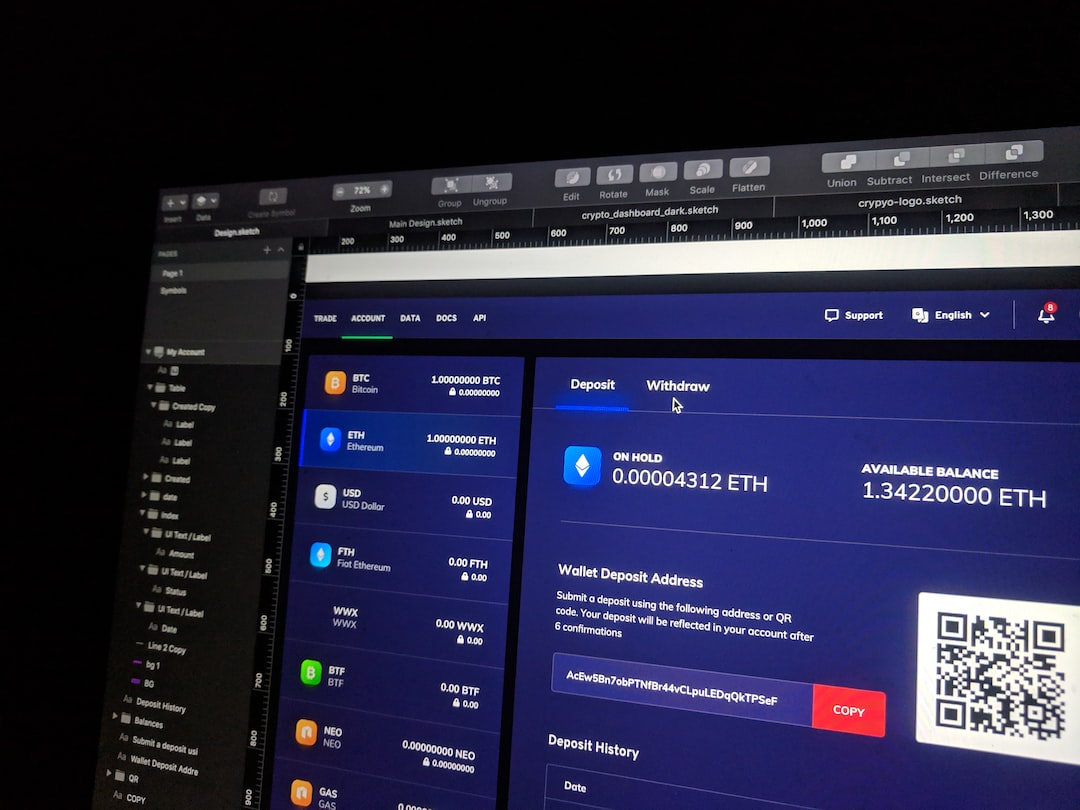The Three Color Problem and ZK-Proofs: Maintaining Privacy and Security
Let’s use the “Three Color Problem,” also known as the “Graph Coloring Problem,” as an illustration of how ZK-proofs function. The problem involves coloring a map with multiple regions, ensuring that no two neighboring parts have the same color. But how do you prove that you know the correct coloring without revealing the actual hues given to each region? Here’s the solution using the ZK-proofs protocol:
Setup:
– The prover and the verifier agree on the regions and links of the graph (map).
Statement:
– The prover asserts to have a reliable three-coloring for the provided graph.
Round 1: Commitment
– The prover secretly chooses colors for each region and provides the verifier with encrypted promises for each region without revealing the colors.
Round 2: Challenge
– The verifier randomly chooses a region and requests the prover to open the commitment for that region, revealing the color chosen.
Round 3: Response
– The prover proves the accuracy of the revealed coloring by displaying the color differences between adjacent regions. The verifier verifies the response.
Iteration:
– Rounds 2 and 3 are repeated multiple times with different randomly chosen regions to establish trust in the prover’s assertion.
In conclusion, ZK-proofs allow the verifier to become confident in the prover’s valid three-coloring solution without knowing the actual colors used. The procedure is repeated for various regions, gradually increasing the verifier’s confidence. This maintains the zero-knowledge property as the verifier never discovers the real colors assigned to each region. ZK-proofs offer a powerful tool for enhancing privacy and security in various applications.





 By
By

 By
By
 By
By
 By
By
 By
By